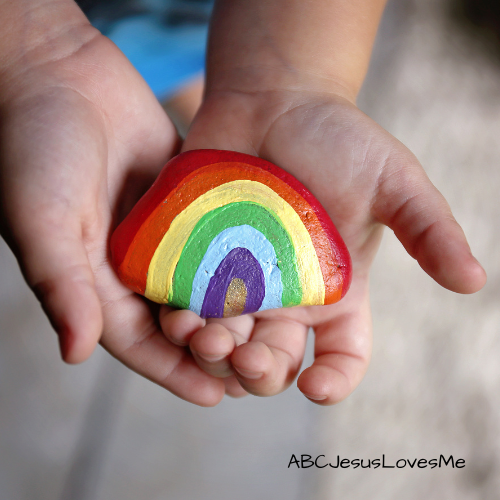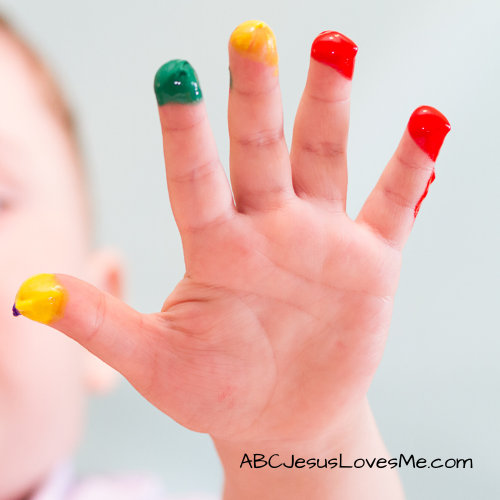Teaching colors and shapes may seem simple, but it lays the foundation for so many essential skills in a child’s development. From boosting vocabulary to strengthening pre-reading and math abilities, learning colors and shapes is an exciting first step for young minds. In this blog post and podcast episode, we’ll dive into the “why” and “how” of teaching these concepts, and I’ll share practical, play-based ideas that make learning fun for both children and adults. Whether you’re a parent or teacher, these tips will help you nurture learning in a way that engages and excites little ones. Let’s dive in…

Why Teaching Colors and Shapes is Important
As parents and teachers, we want our children to thrive, and teaching colors and shapes is foundational for early learning. Colors and shapes not only bring fun to learning, but they help build vocabulary, creativity, and observation skills. A child will begin to describe their world with words like “blue” and “circle,” making communication richer. They’ll also learn early math concepts, including the most basic forms of geometry and spatial awareness, which are essential for reading and number recognition.
When to Start Teaching Colors and Shapes
Children typically learn colors sooner than shapes. You can start introducing colors as early as infancy by talking about the colors of their toys, clothes, and surroundings. Simple conversations like, “Your shirt is red,” build their understanding. Shapes tend to be learned by age three, but the learning process begins earlier when you talk about the shapes around them.

How to Introduce Colors and Shapes
The key to teaching colors and shapes is incorporating them into everyday activities. As you’re playing with your child or students, identify the blue ball or the square block. Describe objects with both color and shape in mind, and don’t rush to have them identify items on their own. Start by introducing concepts, practicing them together, and then move to identification. Read more about How to Teach.
Play-Based Learning to Teach Colors and Shapes
You can even tie learning colors and shapes to Bible stories, such as Creation, Joseph’s colorful coat, or the rainbow in Noah’s Ark. These are great opportunities to discuss how God created a world full of colors and shapes. Beyond the Bible, books like Pete the Cat: I Love My White Shoes for color-based books and Mouse Shapes shape books are perfect for reinforcing these concepts through fun, engaging stories. As mentioned in the last podcast episode, take your time when reading, pointing out the illustrations on each page.
Additionally, the ABCJesusLovesMe.com website offers for free songs, games, activities for both colors and shapes. Ways for kiddos to be introduced to learning without realizing they are even learning.

Encouraging Success in Learning
It’s tempting to ask, “What color is this?” but try to avoid rushing your child to identify items before they’re ready. Allow them to explore, observe, and play. When you give them time and space to practice, they’ll eventually reach that exciting point of identification and understanding. Remember, it’s not about guessing—it’s about learning through observation and repetition.
As you guide children or students in learning colors and shapes, remember that these moments are more than just academic—they’re opportunities to point them toward the beauty of God’s creation. Whether through Bible stories, engaging books, or fun activities, every experience can be a step in building a solid foundation for their faith and development. Keep finding creative ways to make learning fun, and trust that the seeds you’re planting today will grow into a lifelong love for both learning and God’s Word.

Giveaway Winner: $10 Amazon Card
Congrats to Camorra Schamber at camorrajb@______.com for winning the $10 Amazon card to celebrate the release of The Chosen Season 5: The Last Supper! Camorra, please message me with your shipping address within 48 hours for the prize. Thank you to everyone who entered to win.
